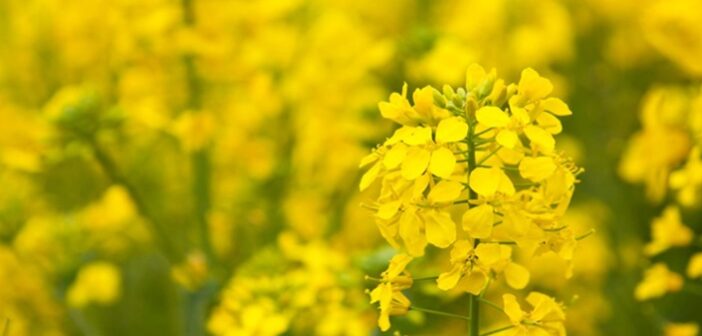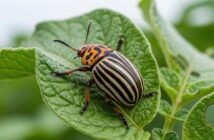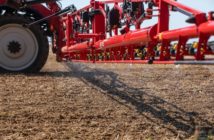Encouraging results from a nationwide Cabbage Stem Flea Beetle (CSFB) monitoring project, suggests oilseed rape growers can approach the 2025 drilling season with confidence.
The project shows a significant decline in CSFB larvae levels this spring compared to previous seasons. This follows autumn water trap monitoring, which had already indicated a lower number of CSFB adults present across the UK.
Led by Niab and funded by United Oilseeds, Agrii, and Hutchinsons, over 170 plant samples were collected from a wide geographical spread, and initial results reveal that a large proportion of plants contained much lower numbers of larvae than seen in recent years, and a stark improvement on figures seen in 2022. While isolated farms showed slightly higher levels, no widespread hotspots were identified, and overall the results provide strong reassurance for growers planning OSR crops later this year.
“These findings are very encouraging,” says Niab’s Colin Peters. “They reflect the lower adult counts seen last autumn and suggest that growers should feel positive about prospects for OSR establishment in 2025. While attention to detail in crop management remains crucial, this data gives a welcome boost to confidence.”
The project also reinforces the value of Integrated Pest Management (IPM) practices, highlighting the importance of field positioning, immediate post-harvest cultivation of the previous year’s rape stubble, good seedbed preparation, flexible drilling timing, and the use of companion crops to maximise OSR success.
The project will continue to monitor the sampled sites through the 2025–26 season, providing growers with further insights to support sustainable OSR production.




